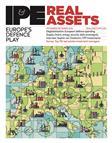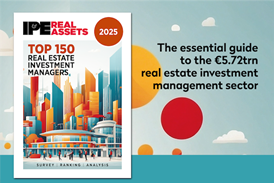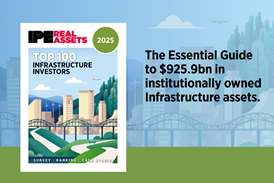CRREM is pushing hard across borders to become the global industry standard for real estate net zero. Virna Asara speaks to its CEO Andrea Palmer
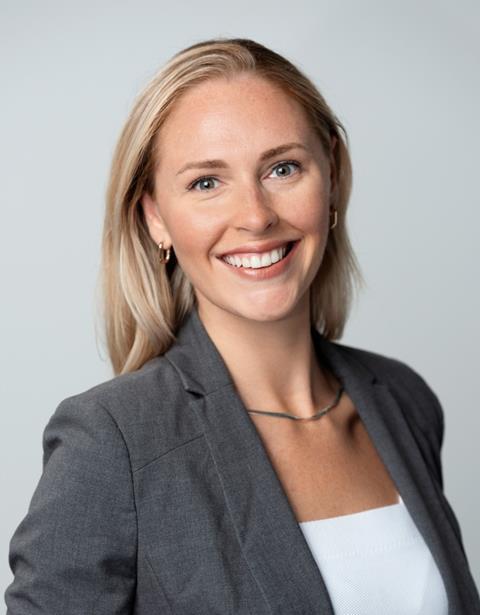
The Carbon Risk Real Estate Monitor (CRREM), which has become a tool widely used by investors to understand where buildings are on the path to net zero, hired its first CEO this year. Andrea Palmer, formerly responsible investment lead for global real estate securities at Dutch pension fund asset manager PGGM, joined in July. Her appointment reflects a new phase for the organisation – one of improved organisational and governance structure, and to raise its profile as the de facto global standard.
CRREM provides guidance to the real estate industry to align the sector’s decarbonisation efforts with the requirements of the Paris Agreement to limit global warming to a maximum of 1.5°C. As such, it has developed pathways for specific markets and countries that enable real estate stakeholders to assess the carbon and energy performance of buildings relative to science-based reference benchmarks. These pathways – which cover all major asset types across 44 countries – can be applied for target setting, transition-risk analysis and ongoing capital planning and asset performance optimisation.
“Investors can use the pathways to improve the performance of their real estate assets,” Palmer says. “The pathway tells them if their building is aligned or misaligned with the 1.5°C scenario and indicates the scale of investment needed to stay in alignment.”
Initially funded by the EU’s €80bn Horizon 2020 research and innovation funding programme, CRREM started as an academic project to help the EU understand the role buildings needed to play in the continent’s decarbonisation ambitions. In a second phase launched in 2021, the project was backed by several institutional investors – mainly Dutch pension funds APG and PGGM, Norway’s Norges Bank Investment Management and Japan’s Government Pension Investment Fund – which recognised the methodology’s value for managing portfolio transition risk and decided to finance a roll-out beyond the EU.
In its third and current phase, the project is focusing on establishing a three-part governance structure that will provide strategic support as CRREM looks to solidify its global reach. At the end of 2024, it established the CRREM foundation, a new non-profit entity to keep CRREM as an open-source project and protect it from commercial interests.
“The investors collaborating in this project decided that they needed an actual entity to lead the initiative into the future, and the most important consideration for them was to make sure that CRREM’s intellectual property would remain not-for-profit,” Palmer says. “This is to guarantee that CRREM’s work remains for public good by way of open-source accessibility.”
There are other areas of development. “Beyond the CRREM pathways themselves, we also intend to develop more training and professional standards regarding the use of the pathways to make sure the market uses them in the right way,” Palmer says. “So when fund managers and REITs say that their assets are CRREM-aligned, investors have confidence that the criteria have been applied correctly. To be a standard, we need to standardise.”
The need for global consistency
Palmer joins from PGGM, which, along with APG, another Dutch pension fund asset manager, is among investors throwing their weight behind CRREM in a bid to create consistency in real estate net zero. “We are committed to being a true global standard,” she says. “I saw first hand how challenging and tedious it is to work across a fragmented real estate sustainability landscape. Regulations all take their own shape and size, making it overly complicated to properly integrate as a global investor. CRREM steps in as a global proxy that the market can use to identify transition risk in a systematic manner.”
Real estate poses specific challenges for net zero. “Investors can only structurally intervene in buildings at certain time windows,” Palmer says. “Landlords undertake big retrofit and modernisation projects every 15 to 25 years; they don’t replace infrastructure until it’s ready for replacement. This makes it absolutely critical that those intervention points achieve the depth of change needed for long-term alignment to the pathways.”
Another challenge is that real estate does not work in isolation – it is intrinsically locked into a utility grid. “A lot of CO2 emissions from real estate, in fact, come from power usage,” Palmer says. “If power usage is not decarbonised, it becomes a challenge to decarbonise the building.”
“It’s hard to have a real estate sustainability framework nowadays without a reference to CRREM. Our tool has been integrated into most other prominent sustainability frameworks”
Forward-looking projections around grid decarbonisation is one of the key elements factored into the CRREM pathways, which are quickly becoming “fundamental infrastructure” for real estate investment analysis, according to Palmer. “It’s hard to have a real estate sustainability framework nowadays without a reference to CRREM. Our tool has been integrated into most other prominent sustainability frameworks.” These include the Science Based Targets Initiative and the Net Zero Investment Framework of Institutional Investors Group on Climate Change.
Increasingly, alternative property sectors like data centres and student housing are asking CRREM to develop pathways for their asset class. Emerging markets such as Turkey are also interested. Palmer says: “Our pathways are open source for any in-house use, though when an organisation seeks to commercialise them – for example, through software services – there is a licence agreement. We have 28 ‘licence partners’ at this moment – mostly data management platforms that help fund managers manage their real estate portfolio – and we have a very significant pipeline for growth.”
A major target for the future is getting traction in the US, where the initiative has been working together with the Urban Land Institute and Berkeley Lab to tailor the US CRREM pathways to the American grid structure and climate zones. In the US, it is local city governments, rather than federal laws, that drive the sustainability discussion and action around building decarbonisation.
“Local city governments in the US can decide for themselves if they want to align [with the Paris Agreement],” Palmer says. “Cities like Boston and New York have already implemented decarbonisation pathways, which are remarkably similar to CRREM’s. It shows cities are moving towards science-based climate alignment.”
In Europe, Palmer’s biggest hope is to have CRREM embedded into a new, revised version of the Energy Performance of Buildings Directive – the EU’s main legislative instrument to promote the improvement of the energy performance of buildings.
“CRREM would be best positioned for this,” she says. “CRREM started as an EU initiative to understand the required role of buildings in the EU’s decarbonisation efforts.” For the EU to fund these pathways but only have energy performance certificates as their reference “makes little sense to me”, she adds. “Let’s work to implement the best tools into policy, or we risk confusing and further fragmenting the market.”
Andrea Palmer was appointed as the first CEO of CRREM, effective 1 July 2025, signalling an ambitious expansion phase. Palmer brings over a decade of real estate sustainability expertise, most recently at PGGM.
- CRREM provides guidance to real estate industry on how to align with Paris Agreement
- Non-profit CRREM foundation established to protect CRREM from commercial interests
- Future goals include gaining traction in the US

